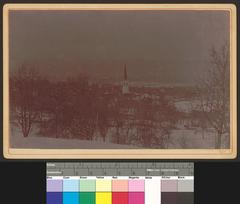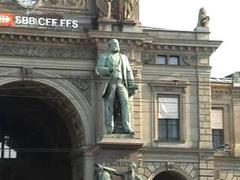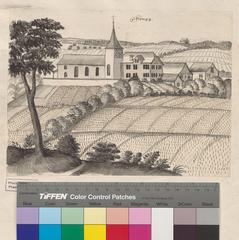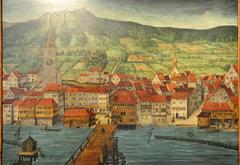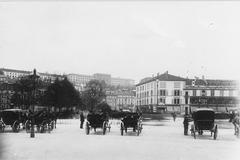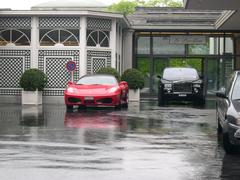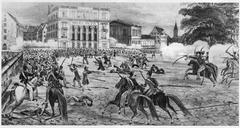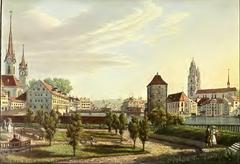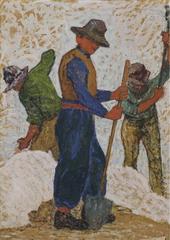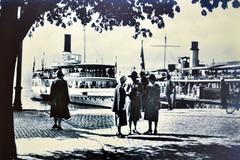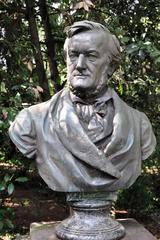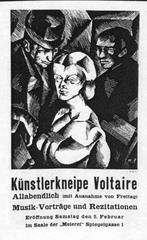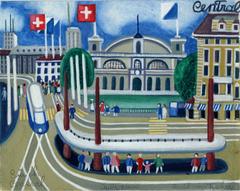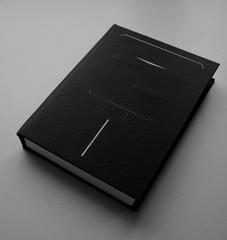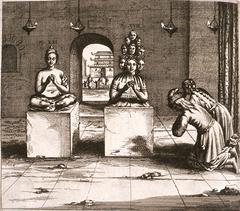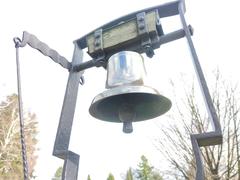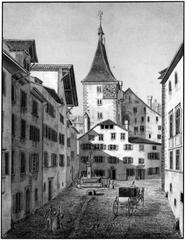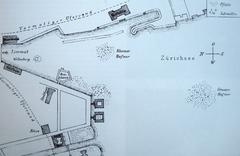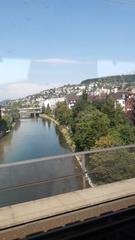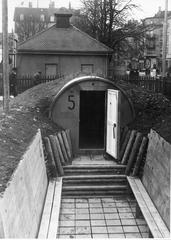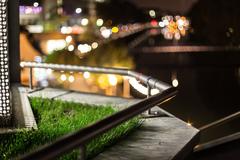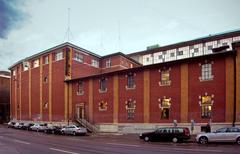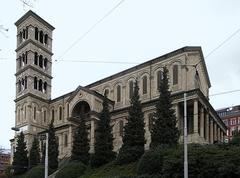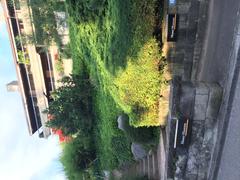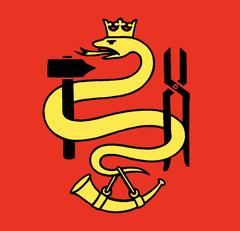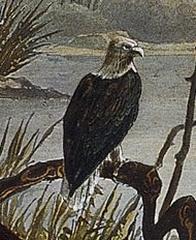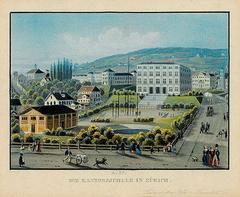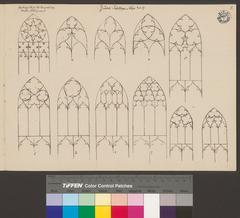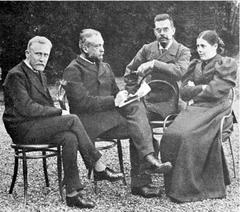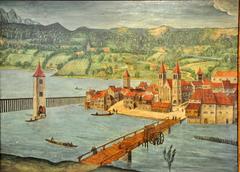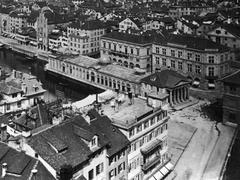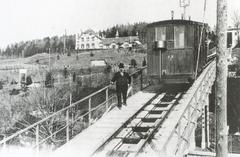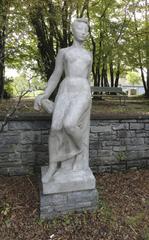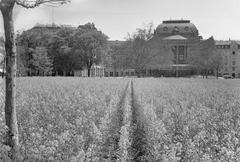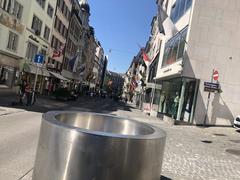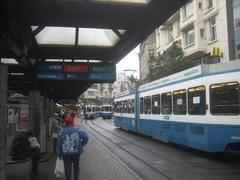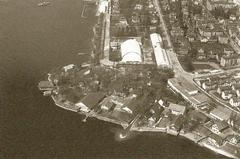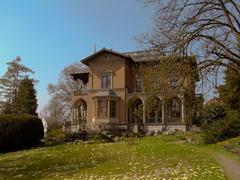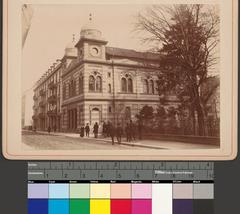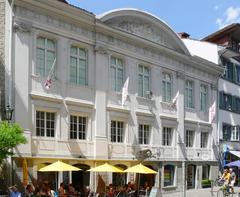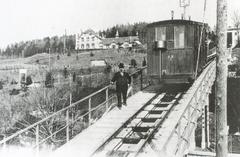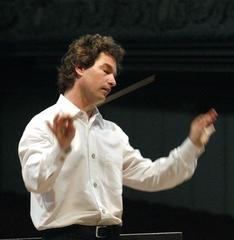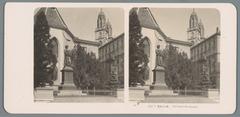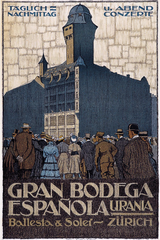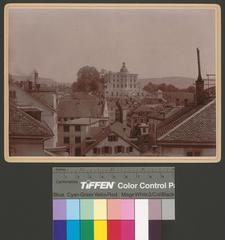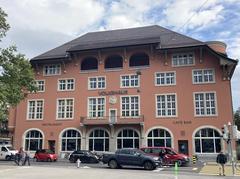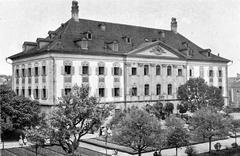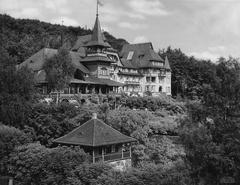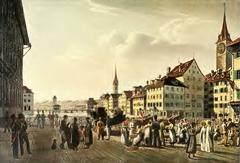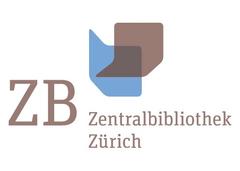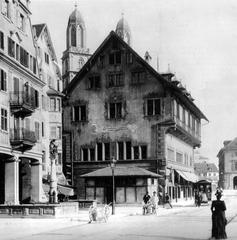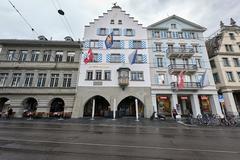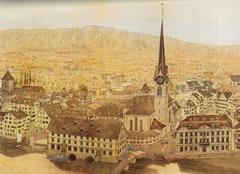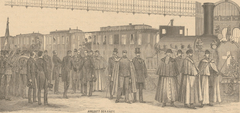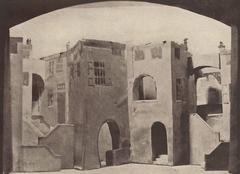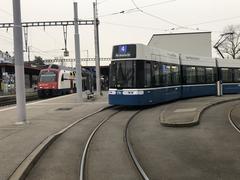Burgstelle Biberlinsburg: Visiting Hours, Tickets, and Comprehensive Guide to Zürich Historical Sites
Date: 14/06/2025
Introduction
Nestled within the scenic forested hills above Zürich, Switzerland, Burgstelle Biberlinsburg stands as a subtle yet evocative testament to the city’s layered medieval past. Unlike grand castles with imposing towers, this site invites visitors to reflect on Zürich’s transformation from a medieval stronghold into a modern metropolis. Closely linked to the influential Biberli family, Burgstelle Biberlinsburg provides a unique window into the city’s feudal history, noble families, and the broader evolution of Switzerland’s political landscape.
This detailed guide covers everything you need to plan an enriching visit: historical context, cultural significance, practical travel tips, accessibility, nearby attractions, and answers to frequently asked questions. Whether you’re a history buff, a hiker, or simply seeking a peaceful escape near Zürich, Burgstelle Biberlinsburg offers a rewarding blend of heritage and tranquility (Zürich Tourism, Alt-Züri, Stadt Zürich).
Table of Contents
- Introduction
- Historical Background
- Visitor Information
- Hiking and Nature Experience
- Cultural Insights and Significance
- Nearby Attractions
- FAQs
- Conclusion
- References
Historical Background
Early Medieval Context of Zürich
After the fall of the Western Roman Empire, Zürich’s region underwent dramatic transformations. Germanic tribes such as the Burgundians and Alemanni settled here, with the Burgundians in the Jura and the Alemanni eventually assimilating the local Gallo-Roman population by the 6th century. The Christianization of the area advanced gradually, spurred on by Irish missionaries and the establishment of monasteries like St. Maurice and Romainmôtier (Early history of Switzerland).
Rise of Regional Powers and Feudal Structures
During the Carolingian era, the region was divided and frequently contested. Monasteries and bishoprics were powerful centers of administration and economy. Over time, Zürich emerged as an important city, especially after being granted reichsfrei (imperial immediacy) in 1218, allowing it to self-govern within the Holy Roman Empire. The area was shaped by shifting allegiances, feudal rivalries, and external threats from the Magyars and Saracens, as well as the growing influence of the Habsburg dynasty (Early history of Switzerland).
High Middle Ages and the Swiss Confederacy
The strategic location of Zürich made it a focal point during the formation of the Swiss Confederacy. The construction of the “Devil’s Bridge” and the opening of alpine passes increased the region’s economic and military significance. Zürich joined the Confederacy in 1351, after periods of Habsburg attempts to reassert dominance and local efforts to resist external control. Castles and fortified sites, including Burgstelle Biberlinsburg, played vital roles in defending trade routes and symbolizing local autonomy (Early history of Switzerland).
The Biberli Family and Burgstelle Biberlinsburg
While the site’s early origins remain somewhat mysterious, Burgstelle Biberlinsburg is closely associated with the Biberli family—a significant council family in Zürich during the 14th century. Though not knights, the Biberlis wielded influence in the city’s governance. Their ancestral seat, or “Stammsitz,” is thought to have been in the vicinity, though the name “Biberlinsburg” only appears in records from the 18th century, leading to ongoing debate among historians. Some suggest the site was a fortified watchtower or manor rather than a traditional castle (Alt-Züri, Stadt Zürich).
Despite the lack of visible ruins, the area’s local stories and place names preserve the memory of the Biberli family and Zürich’s medieval fortifications.
Visitor Information
Visiting Hours and Ticketing
- Opening Hours: The site is open year-round, 24 hours a day. There are no staffed gates or official closing times.
- Admission: Free of charge. No tickets are required.
- Guided Tours: While regular guided tours are not available on-site, local historical societies and the Zürich Tourism Office occasionally organize walks or lectures focused on Zürich’s medieval sites (Zürich Tourism).
Getting There and Accessibility
- Location: Burgstelle Biberlinsburg is situated above the Hirslanden and Witikon neighborhoods, near Biberlinstrasse and accessible via the Zürichberg ridge.
- Public Transport: Take tram or bus (e.g., to “Burgwies” stop) from Zürich Hauptbahnhof. From there, follow marked hiking trails uphill toward Stöckentobel and Degenried (Stadt Zürich).
- On Foot: Moderate hiking is required; the western approach is recommended for safety.
- Driving: Limited parking is available near Zürich Zoo; from there, it’s a 15–20 minute forest walk to the site.
Note: The terrain is uneven and can be steep in places. The site is not fully wheelchair accessible.
What to Expect On-Site
- No standing castle ruins—expect a tranquil woodland clearing, subtle earthworks, and the ambiance of centuries-old heritage.
- Interpretive signage is limited; bringing a guidebook or joining a guided tour is recommended for deeper context.
- The area is peaceful, with birdsong and the sound of nearby streams contributing to the atmosphere.
Practical Tips
- Best Time to Visit: May–October offers the most favorable weather. Early morning or late afternoon visits ensure solitude and comfortable temperatures.
- What to Bring: Sturdy hiking shoes, weather-appropriate clothing, water, snacks, and a map or GPS device.
- Facilities: There are no restrooms or cafes on-site. Amenities are available in nearby neighborhoods.
Hiking and Nature Experience
Burgstelle Biberlinsburg is surrounded by scenic hiking trails that traverse the Stöckentobel, Degenried, and Wehrentobel valleys. Expect lush forests, picturesque streams, and panoramic views—a haven for hiking, photography, and quiet reflection (Hikr.org).
Recommended Route:
Start at Burgwies, ascend via the western trail to the site, continue toward Witikon, and loop back through Wehrentobel valley. Trails are well-marked and suitable for most fitness levels, though the terrain can be slippery after rain.
Cultural Insights and Significance
Burgstelle Biberlinsburg is emblematic of Zürich’s evolution from feudal fragmentation to a unified, self-governing city. The site’s ambiguous origins and the legacy of the Biberli family reflect broader Swiss historical themes. Literary works, such as Gottfried Keller’s “Zürcher Novellen,” have further romanticized the location, cementing its place in local lore (Alt-Züri). Despite the absence of grand ruins, the site serves as a reminder of Zürich’s past and the enduring importance of intangible heritage.
Nearby Attractions
- Zürich Zoo: Home to 400+ animal species and the Masoala Rainforest Hall (Zürich Zoo).
- Swiss National Museum: Extensive exhibits on Swiss and Zürich history (Swiss National Museum).
- Zürich’s Old Town: Explore medieval guild houses and historic towers.
- Zürich Tram Museum: Learn about the city’s public transport evolution.
Frequently Asked Questions (FAQ)
Q: What are the visiting hours for Burgstelle Biberlinsburg?
A: The site is open year-round, 24/7.
Q: Is there an entrance fee?
A: No, visiting the site is free of charge.
Q: Is the site wheelchair accessible?
A: The woodland terrain is uneven and not fully accessible for wheelchairs.
Q: Are guided tours available?
A: Occasional tours are organized by local societies; check with Zürich Tourism.
Q: Are there facilities on-site?
A: No, please use amenities in nearby neighborhoods.
Q: Can I bring my dog?
A: Yes, but dogs must be kept on a leash.
Conclusion
Burgstelle Biberlinsburg offers a rare opportunity to step into Zürich’s layered past amidst serene natural beauty. Free to visit and accessible via scenic trails, it is ideal for history enthusiasts, hikers, and anyone seeking tranquility just outside the urban core. The site’s understated charm, combined with its historical resonance, makes it a compelling destination for those looking to explore Zürich’s hidden heritage.
To make the most of your visit:
- Check the weather and wear suitable footwear.
- Combine your trip with nearby attractions like the Zürich Zoo or Swiss National Museum.
- Respect the site and its natural environment to help preserve it for future generations.
For updates, guided tours, and interactive maps, download the Audiala app and follow us on social media. Plan your journey and uncover the stories woven into one of Zürich’s most intriguing historical sites.
References and Further Reading
- Early history of Switzerland (Wikipedia)
- Burgstelle Biberlinsburg Historical Information (Zürich Cultural Heritage)
- Alt-Züri: Biberlinsburg
- Stadt Zürich: Biberlinsburgweg
- Zürich Tourism Official Website
- Swiss National Museum: History of Switzerland
